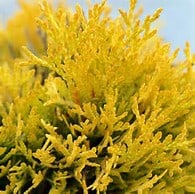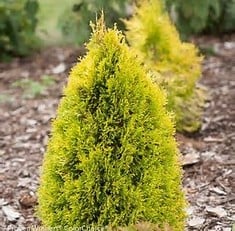Through the barren trees, the purple light of dusk lingered, softening silhouettes and gently submitting the world to slumber. The air hinted sweetly of Winter, and the stars nodded and blinked in agreement.
Then suddenly, the air turned sour as dusk settled into night, and the stench of an evening visitor wafted, then hung heavy in the air as doom often does. Skunked! An all too familiar and regular reminder of their ever-growing presence in our local communities.
It seems to me their populations have exploded in the last 5-7 years, and at least twice a week, we’re overcome with their sulfurous reek. I’ve heard many neighbors and acquaintances in surrounding communities discuss not only their nightly presence, but in many cases, how the skunks have taken up residence in their yards – under patios, porches, sheds, etc., and how many worry about their pets and homes being “skunked”. But what can we do?
It is recommended that potential food sources, like garbage cans and grills be cleaned and secured. Further still, acorns, berries and other tree fruits and nuts should be cleaned and disposed of. Limit bird feeders, when possible, and because skunks are omnivores, insects provide the bulk of their protein, so lawn grubs should be treated accordingly.
Identify and close any potential den sites, like hollow logs, wood piles, space under patios, porches or sheds. Skunks only need an opening about the size of a tennis ball, so bear this in mind when inspecting your yard.
Consider deterrents like moth balls, ammonia soaked rags and cayenne pepper. Better still, motion detector lights seem highly effective as skunks, like many other critters and ne’er-do-wells, don’t care for them.
It is considered illegal in the state of Illinois to kill or trap skunks without a proper license. Poisons are frowned upon for obvious reasons. If you do come across a skunk, relax. They are actually quite shy and are certainly not looking for a fight. Back away slowly and put as much distance as you can between yourself and the skunk. If a skunk feels threatened, they’ll normally stomp their feet and raise their tail as a first line of defense before they spray, but sprays can be projected up to 15′. Keep in mind that although skunks are predators, their sight is terrible, and their sense of smell and sound is lacking as well, so chance encounters happen more frequently than both skunks and humans would like.
Although skunks can be a nuisance, they are also beneficial in keeping mice and vole populations in check along with wasps, beetles and other destructive insects. I think we’d all agree, however, that we’d rather have them as visitors than actual neighbors, so consider deploying the tactics above, and feel free to reach out to Sweeney’s with any questions or concerns you may have.
Plant of the Week


Filips Magic Moment Arborvitae
Dwarf, compact evergreen shrub with lovely golden foliage is easy to grow and a great alternative to the popular and somewhat overused Alberta Spruce. Prefers sun to partial shade and moist, well-drained soil. Grows 6-8′ tall and 24-36″ wide.
“What kills a skunk is the publicity it gives itself.”
-Abraham Lincoln
Best wishes,
Kim Sweeney
